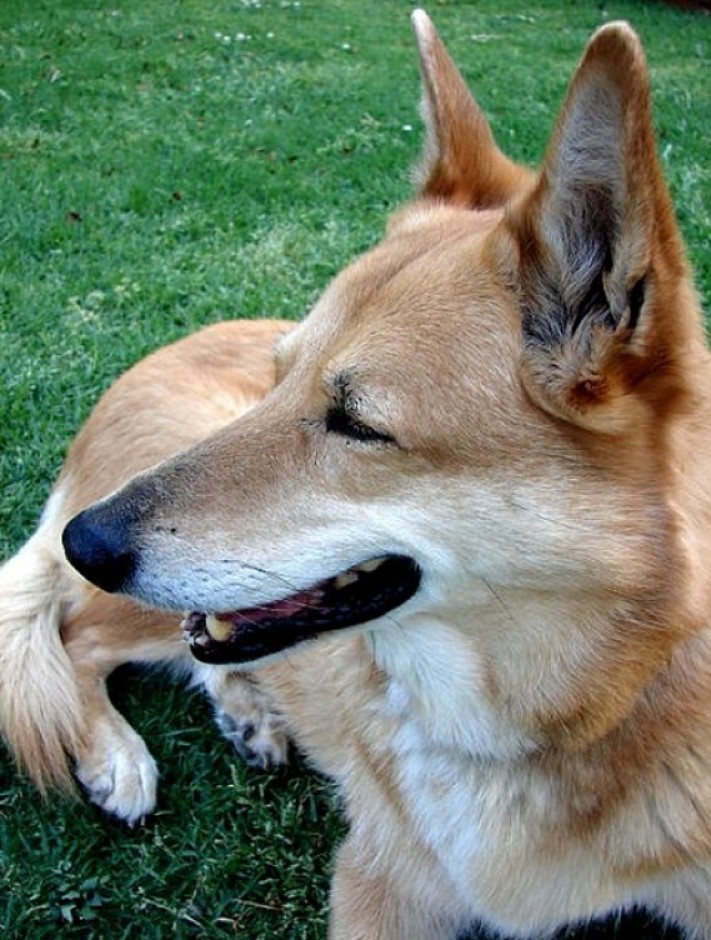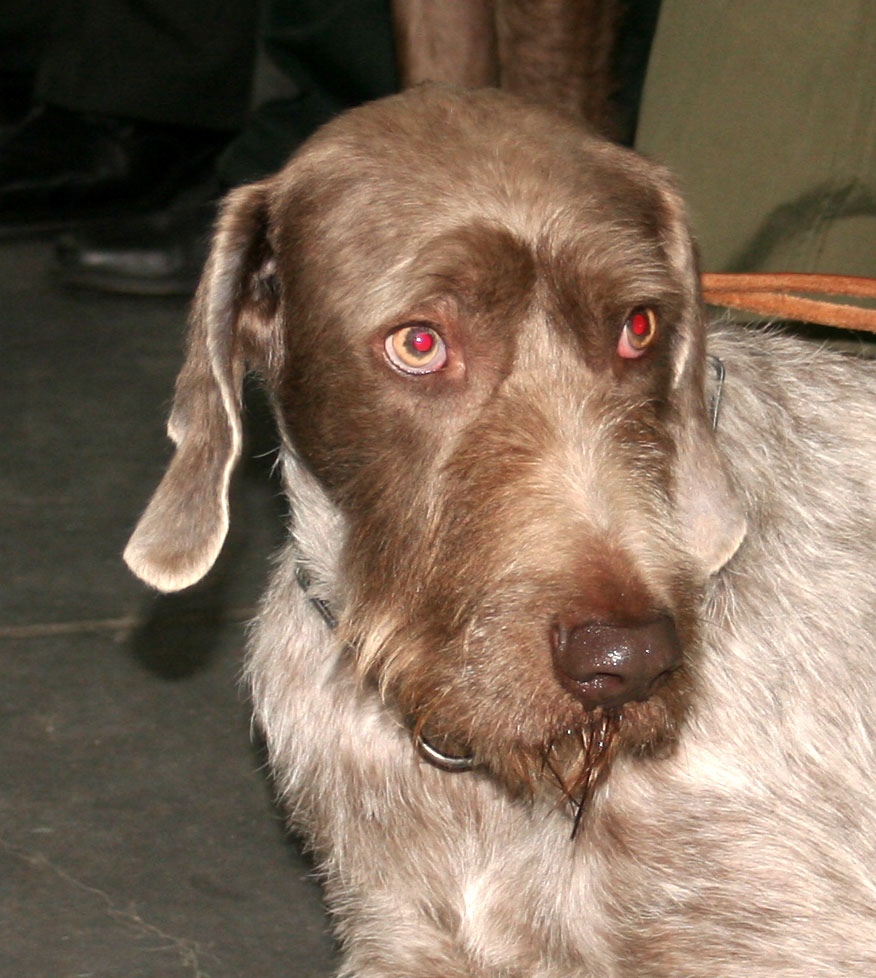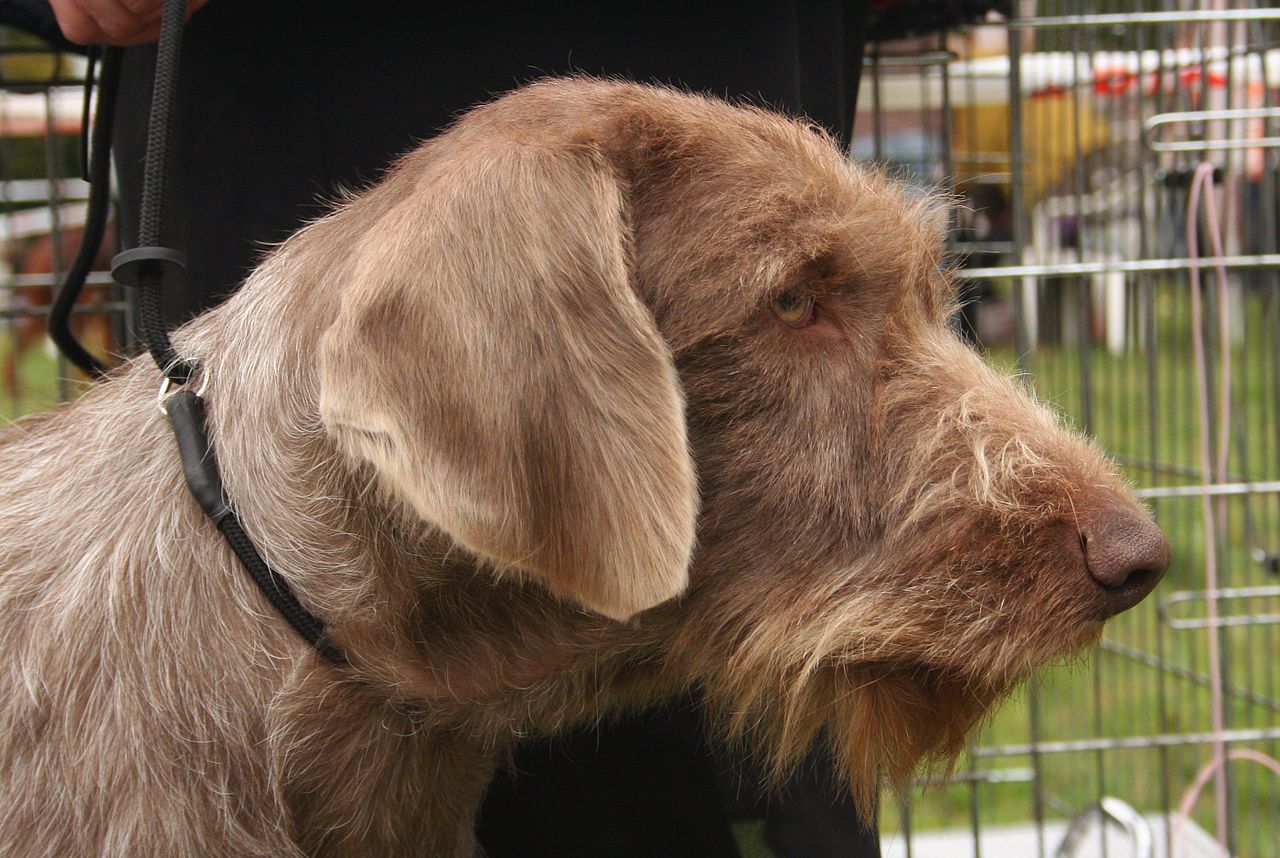Understanding Dog Behavior, Body Language and What Do Dogs Think
Most dog owners think they understand their dog's thought processes, behavior. Many dogs try to manipulate their owners mentally. But have you ever wondered what dogs really think.
Some interesting new research has just been published that clarifies what dogs really think and how intensely they monitor human behavior and gestures. I thought you’d like to know!
It turns out that only dogs, and not chimpanzees or wolves, understand what pointing gesture mean and respond accordingly.
This shows that dogs have a very well developed social interaction with humans that has evolved over the thousands of years since wolves were domesticated as dogs in human societies.
Previous studies of animal behavior have produced some strange results. You would think that chimpanzees, our closest relative, well yours anyway, would be almost as social aware as we are, in responding to the signals humans and other chimps give them.
For example, if a human hides a banana in the chimp enclosure when the chimp is looking the other way, and then points to where it is hidden, the chimp fails to respond. Pointing to where the banana was hidden, did not help the chimp find the banana. They did not understand the meaning of the pointing gesture.
Yet, as dog owners know, doing the same thing with a dog will generlly get the right response. Most dogs will head off in the direction and spot the owner is pointing to. You can also make dogs yawn, by yawning yourself several times while they are looking at you.
Dogs even seem to know that they have been tricked into yawning when they don’t really want to. They do so reluctantly as though its forced.
You can do the pointing test yourself with your own dog. Start a game where you place a dog biscuit under one of two widely spaced cups.
Start by doing it in front of the dog so that it can see under which cup you put the biscuit. Next put your dog on a lead, so it can not see the cups and what you are doing. Then hide the biscuit under one of the cups. Bring the dog back into the room and point your finger at the cup the biscuit is under. Let the dog off the lead.
Many dogs, not all, will go directly to the cup pointed to, without sniffing or using other cues. Do is several time and your dog will get better and better at it.
Though a very simple test, dogs with this ability have shown something quite remarkable. Understanding the meaning of a pointed finger may seem trivial, but it appears that only dogs and humans have this ability innately. Even chimps require a lot of training before they can achieve the same thing. Consider the elements required to achieve this response;
- watching the person closely.
- recognizing that the pointed finger is a gesture that the dog should respond to
- a logical set of thought processes by the dog to interpret what is to be done.
Research has shown that that the response to pointing is not just to hands and fingers. If you point with your foot, after a while your dog will understand and respond. The ability appears to be innate in some breeds of dogs than others.
Even small puppies understand and will respond to pointing. This shows that the ability is innate rather than a learned behavior.
Wolves, a close relative of dogs do not have the same ability.
Chimps also appear to lack an innate ability to understand what pointing means.
It appears that dogs have uniquely evolved a very rich social intelligence via their interaction with humans over the centuries. There may be more to discover about what dogs thick and their mental capacities.
Dog owners can now sign up to have their dog’s cognition tested via a website that will, for a fee, analyze the cognitive weaknesses and strengths of your own dog. Subscribers can follow videos that describe a series of simple experiments that assess things like memory, navigation, and empathy. The website will generate new data for researchers to understand how dogs think.
Dogs Submissive Responses Explains a Lot of So-Called Dog Emotions
As most dog owners know, dogs have remarkable abilities to manipulate us, and to evoke the response they think we want. Dogs may be the ultimate charlatans, however, tricking us into believing they have real emotions. Many people have seen dogs slinking away with head down and lowered tails between their legs as a sign of guilt for some misdemeanour. However research has shown that this might not be the case.
The researchers looked as the response of a group dogs when they did something wrong and were scolded by their owners. Then the researchers convinced the owners that the dogs had done the same naughty things, when they hadn't. When the humans proceeded to scold the dogs, the so-called ‘guilty’ reaction in the dogs was identical, even though they had done nothing wrong.
It appears that dogs may not have an innate ability or sense of what is right or wrong, but instead learned the ability to act submissively when their owner get angry. They may be faking it.
These studies show how carefully dogs pay attention to humans and react and learn from what they see. This attentiveness gives dogs an eerie, almost human social interaction with their owners. This extends to apparent attempts by the dogs to manipulate their owners.
Research on the behavior of how 10-month-old babies pay attention to people is also revealing. When researchers put a toy under one of two cups and the babies could see what was done the children picked the correct cup. The tests were repeated, always hiding the toy under the same cup. Then the researcher put the toy under the other cup, in full view of the babies. Despite seeing where the toy was placed, many babies initially picked the original cup, the one under which the toy had previously been placed. Further test showed that when mechanical devices were used to place the toys under the cups, the babies did much better in responding to what they saw. Small children, appear to pay such close attention to people and to do what they want, that this overrides their observations. Experiments with dogs showed the same result.
New research has confirmed that dogs 'read' human faces to get cues about how to behave in their relationship with humans. The research study used functional magnetic resonance imaging (fMRI) to see the brain activity related to viewing human faces. There were significant changes in several brain regions, especially in the bilateral temporal cortex, an area shown to be linked with face image processing in other animals.
Conclusion: Dogs have remarkable the social interactions and attentiveness to humans and can respond to pointing gestures in ways that do not occur in other animals.




